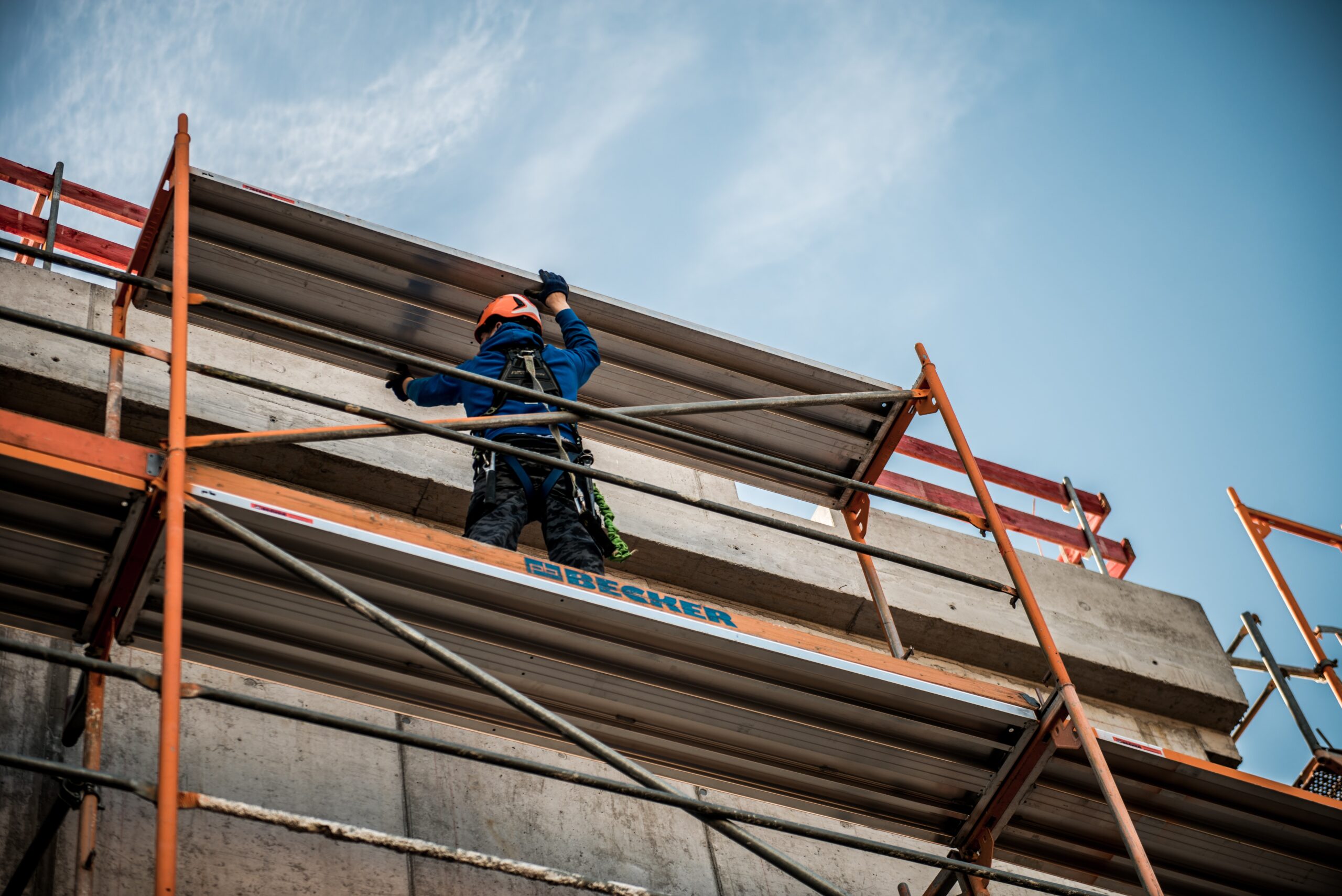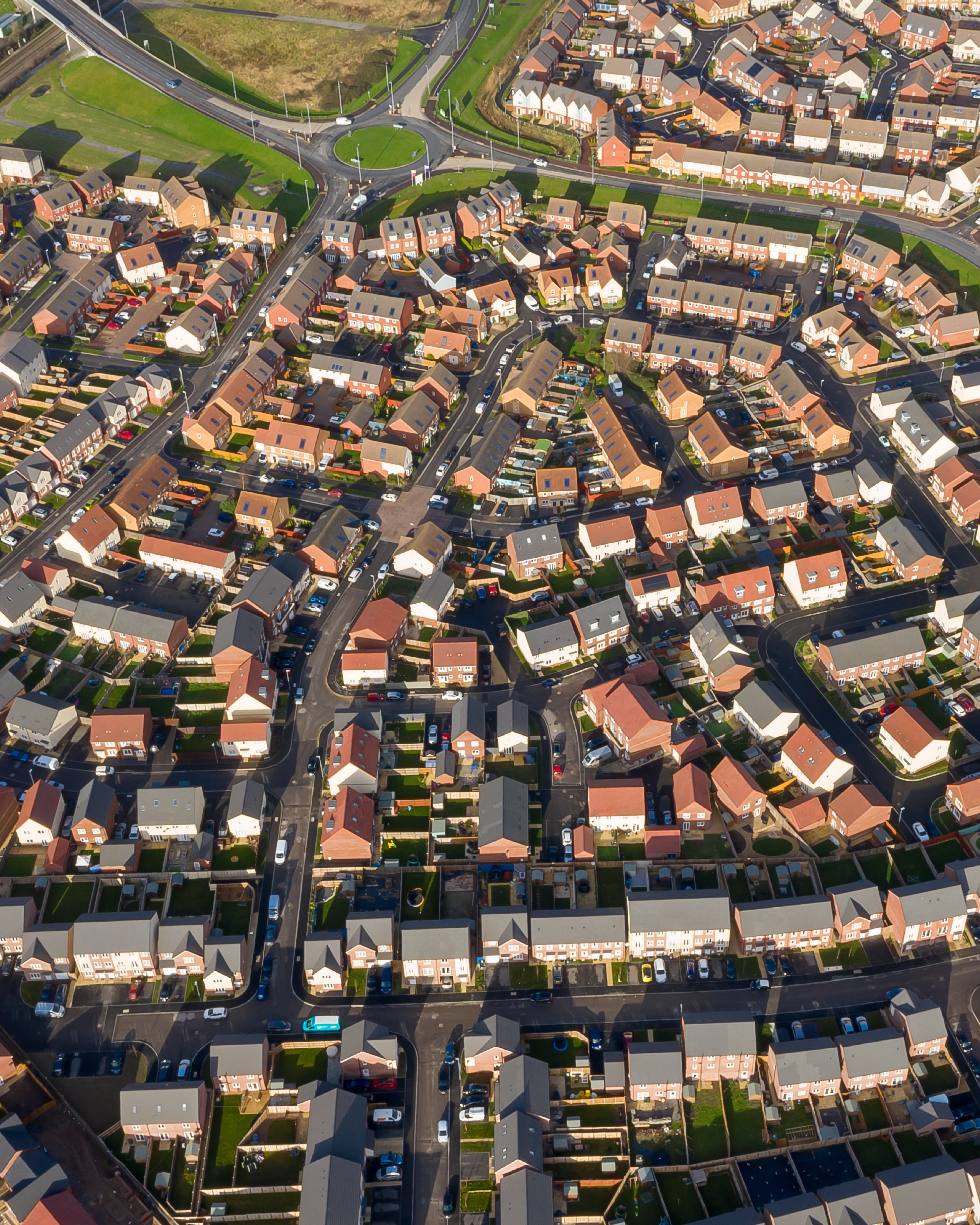

Retrofitting London: Why We Need to Pick Up the Pace – and How We Can Do It
Retrofitting London’s housing stock isn’t just a nice-to-have—it’s a non-negotiable if the capital is going to meet its ambitious 2030 net-zero target. But according to a major new report from the Young Foundation and the London Sustainable Development Commission (LSDC), progress is worryingly slow.
How slow? We’re currently retrofitting homes at a pace that would take centuries to reach net-zero. To get on track, retrofitting must happen nine times faster than it currently is.
Why Retrofitting Matters So Much
In London, homes are responsible for 32% of the city’s total carbon emissions, making the residential sector one of the biggest contributors to climate change. The city’s older housing stock—much of it dating back to the Victorian and Edwardian eras—wasn’t built with insulation, efficiency, or renewable energy in mind.
This means:
- Poor energy performance (high EPC ratings)
- Excessive energy bills
- Greater exposure to cold, damp, and mould
- Disproportionate impacts on low-income and vulnerable households
Retrofit measures—like insulation, ventilation upgrades, heat pumps, and solar panels—are vital not only for slashing emissions, but also for making homes healthier, more affordable to run, and more resilient to climate extremes.
The Scale of the Problem
The report reveals that more than half of London homes are in urgent need of energy efficiency improvements. But current government and local authority efforts aren’t keeping up with the scale or urgency of the task.
Barriers include:
- A lack of public awareness or understanding of what retrofit involves
- High upfront costs and a lack of accessible, long-term funding
- Low trust in retrofit providers and installers
- Confusing or inconsistent communication from councils and government bodies
Limited capacity in the retrofit workforce - Underrepresentation of marginalised communities in retrofit decision-making
Worse, without action, retrofit could widen existing inequalities by disproportionately benefiting wealthier households and leaving behind those in greatest need.
What Needs to Happen Next?
The report makes several practical, people-centred recommendations to supercharge retrofit across the capital:
1. Flexible, Long-Term Funding
Short-term pots of money won’t cut it. Funding must be stable, predictable, and flexible enough to support innovative, community-led approaches—particularly in hard-to-reach neighbourhoods.
2. Community Engagement from the Start
Retrofit won’t succeed if it’s done to people, not with them. Local authorities and delivery partners must work in partnership with communities to co-design retrofit schemes that reflect residents’ needs and preferences.
3. Clear, Accessible Communications
Right now, many people don’t know what retrofit is or why it matters. The report calls for better, more accessible public information—delivered via trusted local sources—to demystify retrofit and boost uptake.
4. Training for Retrofit Professionals
Retrofitting a home isn’t just about technical skills. Installers and contractors need training in communication and empathy to support residents—especially vulnerable groups—through potentially disruptive works.
5. Knowledge Sharing and Best Practice
There’s already great work happening across London, but it’s not being shared widely enough. Councils, housing associations and community groups should have the tools and support to learn from each other and scale what works.
6. Embed Resident Feedback in Delivery
Monitoring and evaluation can’t just tick boxes. Residents’ lived experiences should shape the design, delivery, and evolution of retrofit schemes—so they work better for everyone.
Time to Treat Retrofit Like the Emergency It Is
The climate crisis isn’t coming—it’s here. And with soaring energy bills and rising levels of fuel poverty, retrofitting our homes is no longer a future-facing climate policy; it’s an urgent social and economic necessity.
If London is serious about reaching net zero by 2030, we need to treat retrofit like the emergency it is—by scaling up, reaching further, listening more, and putting people at the heart of the solution.
The good news? With the right investment and community involvement, retrofit could deliver cleaner, warmer homes for all—and thousands of green jobs along the way.









